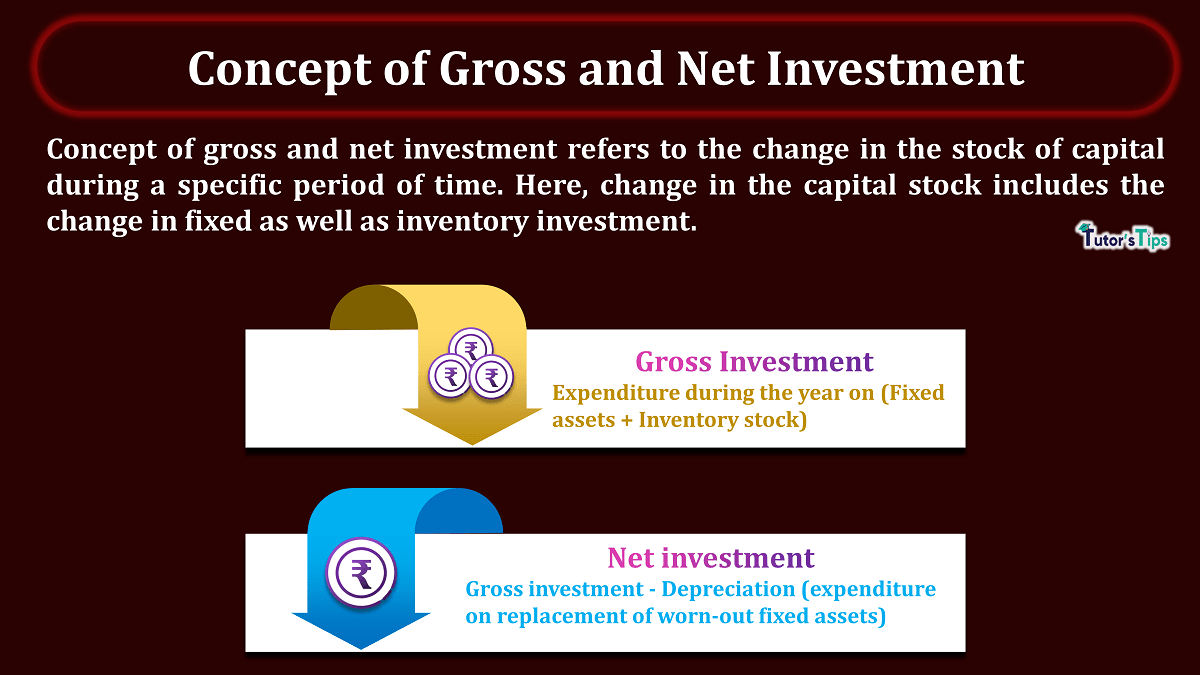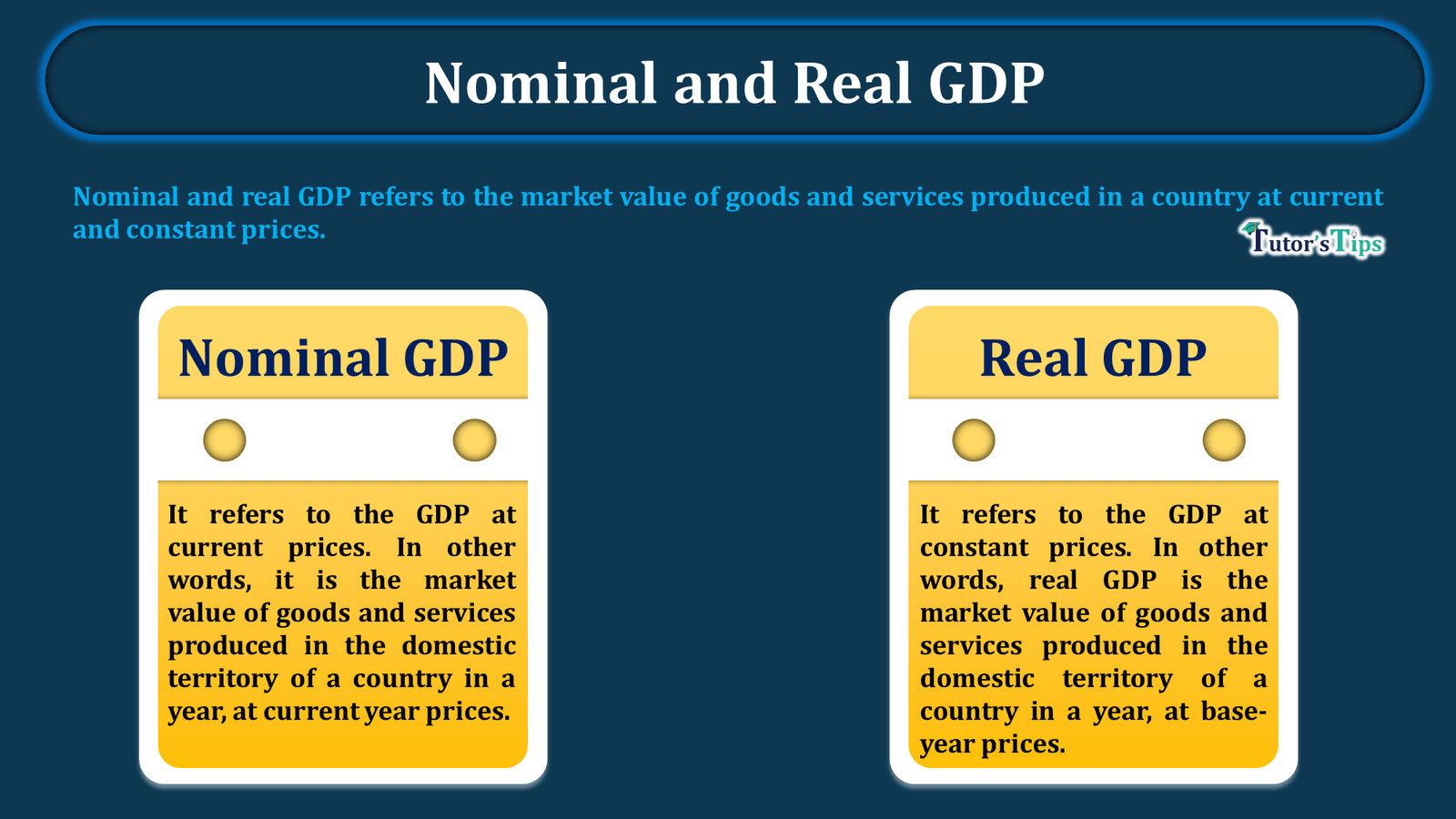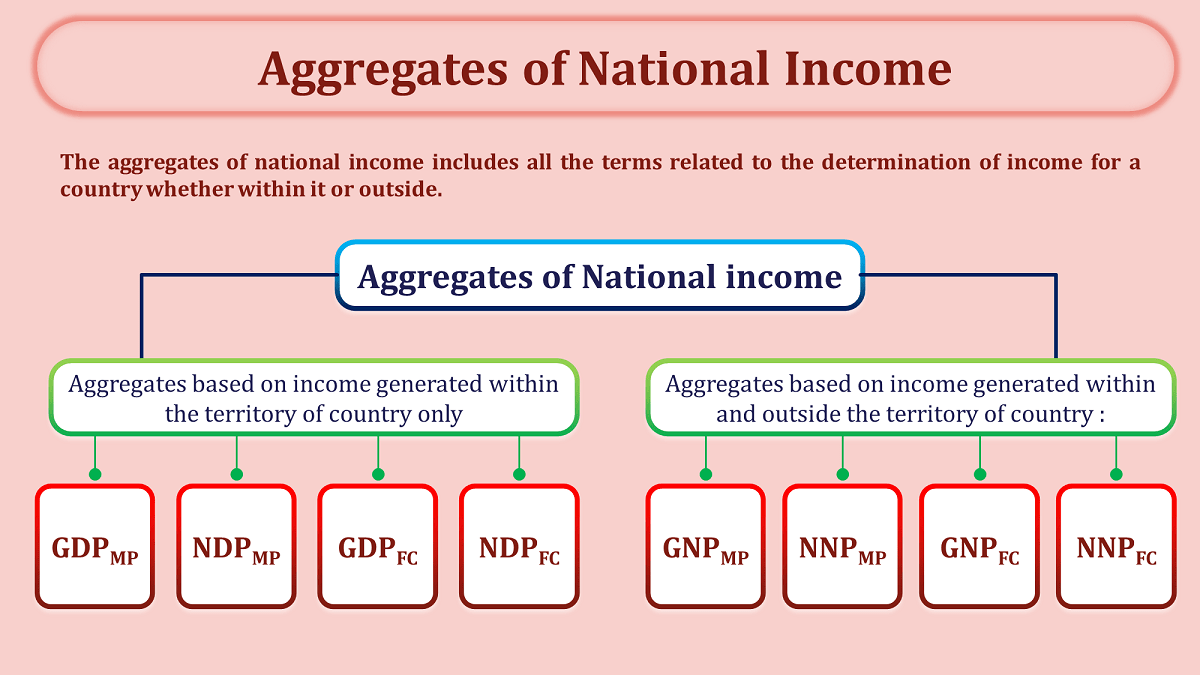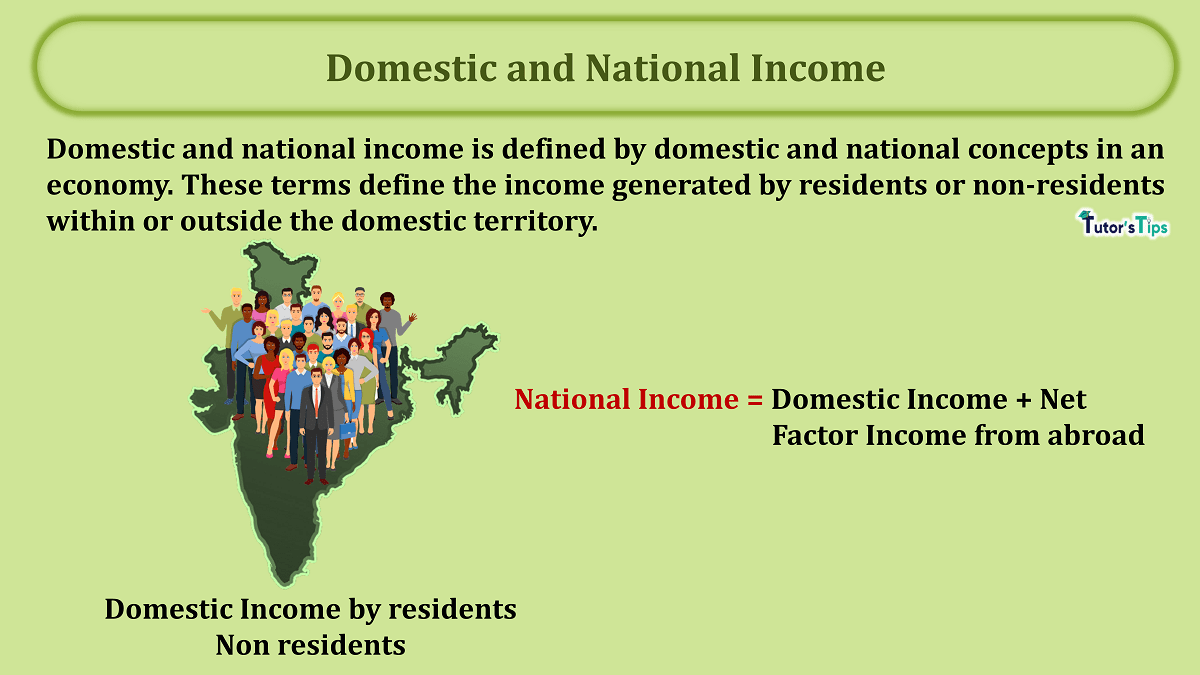The concept of obsolescence refers to the reduction in the utility of a fixed asset when it becomes obsolete or outdated.
Concept of Obsolescence:
The concept of obsolescence can be defined as the loss in the use of fixed assets when some other fixed asset introduced in the market with more efficiency. In other words, when the current fixed asset becomes outdated because of any reason in the market, it is said to be obsolescence.
Types of Obsolescensse:
It can be classified as :
- Expected Obsolescence
- Unexpected Obsolescence
Expected Obsolescence:
Expected obsolescence refers to the loss of fixed assets when these become obsolete due to:
-
Innovation or Upgradation in technology
-
Change in demand
For example, When old back and white televisions become obsolete due to the introduction of colored t.v.’s, it is said to be expected obsolescence owing to change in technology.
On the other hand, when the demand for existing assets falls down because of a change in production methods, it is said to be obsolescence owing to a change in demand.
Producers expect obsolescence on the basis of the knowledge and experience of market conditions. Also, it is considered as a part of depreciation and managed through the depreciation reserve fund.
Unexpected Obsolescence:
Unexpected obsolescence refers to the loss of fixed assets when these become obsolete due to:
-
Natural Calamities like earthquakes, floods or fire etc.
-
Fall in the market value of assets as a result of economic recession.
Here, it is important to note that the loss of value of fixed assets owing to unexpected obsolescence, is known as a capital loss. Thus, this loss is not considered as a part of the depreciation or depreciation reserve fund. Therefore, it implies that only expected obsolescence is considered for estimation of depreciation, not unexpected obsolescence. In contrast, it is managed through the insurance of fixed assets.
Thanks, and please share with your friends
Advertisement-X
Comment if you have any questions.
References:
Introductory Microeconomics – Class 11 – CBSE (2020-21)







1 Comment